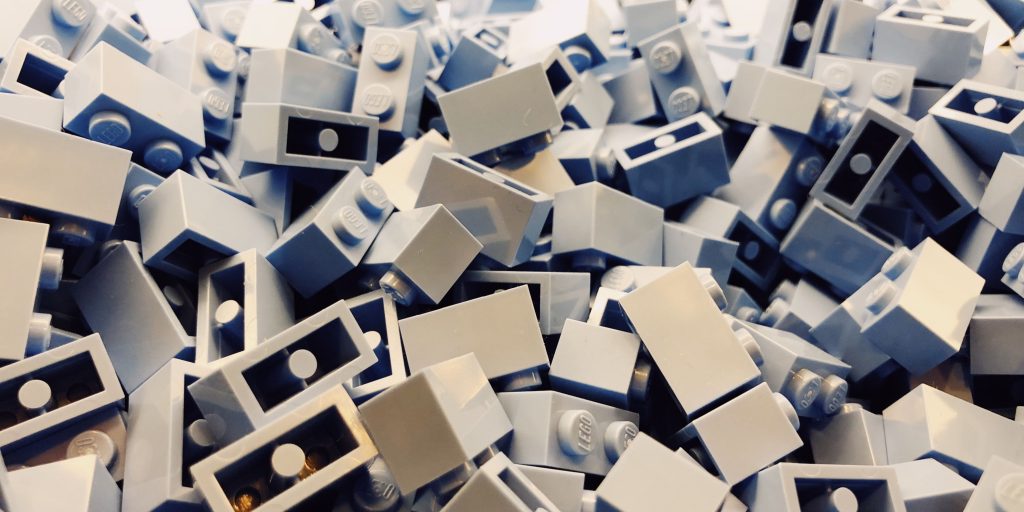AWS Public Sector Blog
Tag: Amazon S3
Improving school safety: How the cloud is helping K12 students in the wake of violent incidents in schools
Research shows that students who feel safe are more likely to be engaged at school and be more successful in all aspects of life – not just academics. But students are dealing with the reality of increased violence in schools – finding it more difficult to feel safe. Administrator concerns in the wake of school violence have made school safety a top priority in K12. One collaboration is delivering a safer learning environment for students through a scalable, highly secure, and innovative cloud services solution.
Grand River Hospital builds data lake on AWS, achieves “seamless business continuity”
In 2019, Grand River Hospital turned to AWS to build the first AWS healthcare data lake in Canada. The data lake was built to house the hospital’s sensitive patient and administrative data while retiring its legacy hospital information systems, comprised of electronic patient record and other administrative systems. Grand River Hospital in Ontario, Canada is a 580-bed community hospital with a yearly operating budget of around $400 million CAD serving a community of 600,000-650,000 people.
Announcing the 2019 AWS City on a Cloud Innovation Challenge winners
The winners of the annual AWS City on a Cloud Innovation Challenge were announced today at re:Invent 2019. The annual competition recognizes applicants going above and beyond to innovate for and with their constituents, using the cloud to improve lives. Congratulations to the 18 winners!
How the University of British Columbia uses the cloud to reduce sunflower genomic processing time and research costs with a data lake
The botany department at the University of British Columbia (UBC) and the UBC Data Science Institute are working together to research the evolution and genetic makeup of sunflowers – a critical crop in addressing global food security.
OSU-OKC upskills its workforce and drives real-time decision making with live reporting and analytical modeling
Oklahoma State University in Oklahoma City (OSU-OKC), a two-year, technical-focused college, has historically faced challenges with consistent reporting, database management, and analytics. Technology generalists hired to do these tasks required extensive training to successfully extract data from traditional student information systems, manipulate data for state and federal compliance reporting, and generate limited campus reporting for operational or academic program review and analysis.
Leveraging the cloud for rapid climate risk assessments
Four Twenty Seven builds tools and services that help bring climate data (sourced from government agencies and academic institutions) to public and private organizations so they can better understand their exposure to climate hazards and manage risk in their communities. Four Twenty Seven’s new on-demand scoring application allows users to enter an asset’s location and receive risk scores for each site in real-time.
Students across Arizona participate in a statewide robotics hackathon
In collaboration with Amazon Web Services (AWS) and NVIDIA, Arizona State University (ASU) hosted its first-ever robotics hackathon. At the Arizona Robo Hackathon, 64 undergraduate and graduate students across seven institutions came together to compete in an Arizona statewide competition hosted on AWS. By the end of the hackathon, students successfully applied their knowledge of computer science, engineering, and programming skills in robotics and artificial intelligence (AI) application development.
Digital Earth Africa: Enabling insights for better decision-making
As part of the Amazon Sustainability Data Initiative, Amazon Web Services (AWS) is supporting Digital Earth Africa (DE Africa). DE Africa is enabling African nations to track changes across the continent in unprecedented detail by making Earth observation (EO) data more easily accessible. This will provide valuable insights for better decision-making around prevention and planning in areas including flooding, droughts, soil and coastal erosion, agriculture, forest-cover, land use and land cover change, water availability and quality, and changes to human settlements.
Structural biologists learning cryo-electron microscopy can access educational resources powered by AWS
Cryo-electron microscopy (cryo-EM) — the technology that won the 2017 Nobel Prize in Chemistry — lets scientists peer into the molecular “machines” at work in our cells in ways that were previously impossible. Using advanced microscopes, cryo-EM captures images of proteins flash-frozen in vitreous ice, revealing their 3D structure in near-native states. Even as access to this technology improves, many researchers are still limited by computing bottlenecks. The cryo-EM field needs to provide more hands-on training in how to process such large datasets. Amazon Web Services (AWS) allows us to provide training, broadening the impact of this important structural biology technology.
The sum is worth more than the parts: The unintended benefits of moving Microsoft workloads to AWS
Education, nonprofit, and government customers often find themselves moving Microsoft workloads to Amazon Web Services (AWS) for cost savings, but then also reaped performance improvements. AWS can seamlessly support thousands of applications, systems, and solutions – including Microsoft workloads – without disrupting service during migration. Read stories of how AWS global customers used AWS for Microsoft workloads.









